Violin virtuoso loved American flag
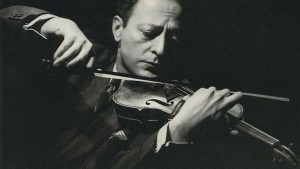
At New York City’s Carnegie Hall at 8:30 p.m. on Thursday, Jan. 23, 1919, the New York Philharmonic presented is 1,294th concert. The orchestra’s first act was to play “The Star-Spangled Banner” in honor of the American flag.
The 17-year-old guest soloist, born in Poland, was Jascha Heifetz, destined to become one of the greatest virtuosos of the violin. He loved his instrument, he loved classical music, and perhaps it was that night when he fell in love with America.
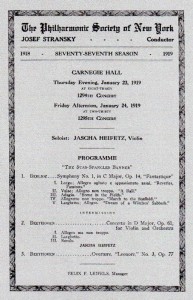
Critics and audiences applauded wildly for Heifetz, whose career would continue for decades until his death in 1987. While millions rose to their feet for his artistic mastery, few music-lovers knew of his commitment to the U.S. after he became a citizen in 1925.
With a newcomer’s fervor, the musician declared, “I’m going to do something for the country I have adopted.” Heifetz found his greatest opportunity during World War II when he gave benefit concerts for war relief at home and abroad. His performances on nationwide radio programs also brought in donations from listeners, with the money going for the purchase of Defense Bonds.
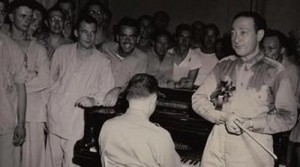
But that wasn’t enough for Heifetz. He also began giving free performances at military camps around America in 1942 and then expanded his tours to military bases in Central America, South America and Europe from 1943 to 1945. The day the war ended in Europe in 1945, Heifetz mounted a stage in Germany and played for the weary troops.
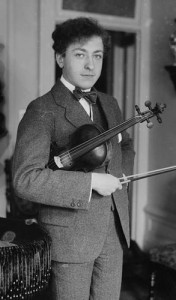
For decades to come, the virtuoso of the violin made room in his heart for patriotism as well as for music. A woman who studied with him and then became his accompanist, said that her lessons given on national holidays didn’t begin until Heifetz had raised the American flag at his California home.
Then “he took it down himself at sunset,” she recounted. “He rigorously required all guests to be present at the ceremony and to display the proper respect toward the flag while it was lowered.”
His attention to detail extended to carefully folding the star-spangled banner. “If his students were present,” she explained, “he never missed the opportunity to teach them how to fold the flag properly and how to store it in its box.”
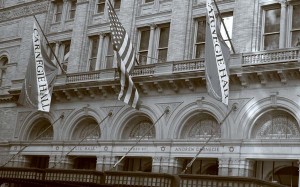
And when the orb at the top of the flagpole showed wear and tear from West Coast weather, he had it replated with gold. “Finding a company that would accept the job of gold plating it as Heifetz wished, instead of just adding gold leaf, was difficult,” she said.
But the maestro apparently played the workmen like a violin, and the orb sparkled in the sun.
(Source: www.jaschaheifetz.com.)
